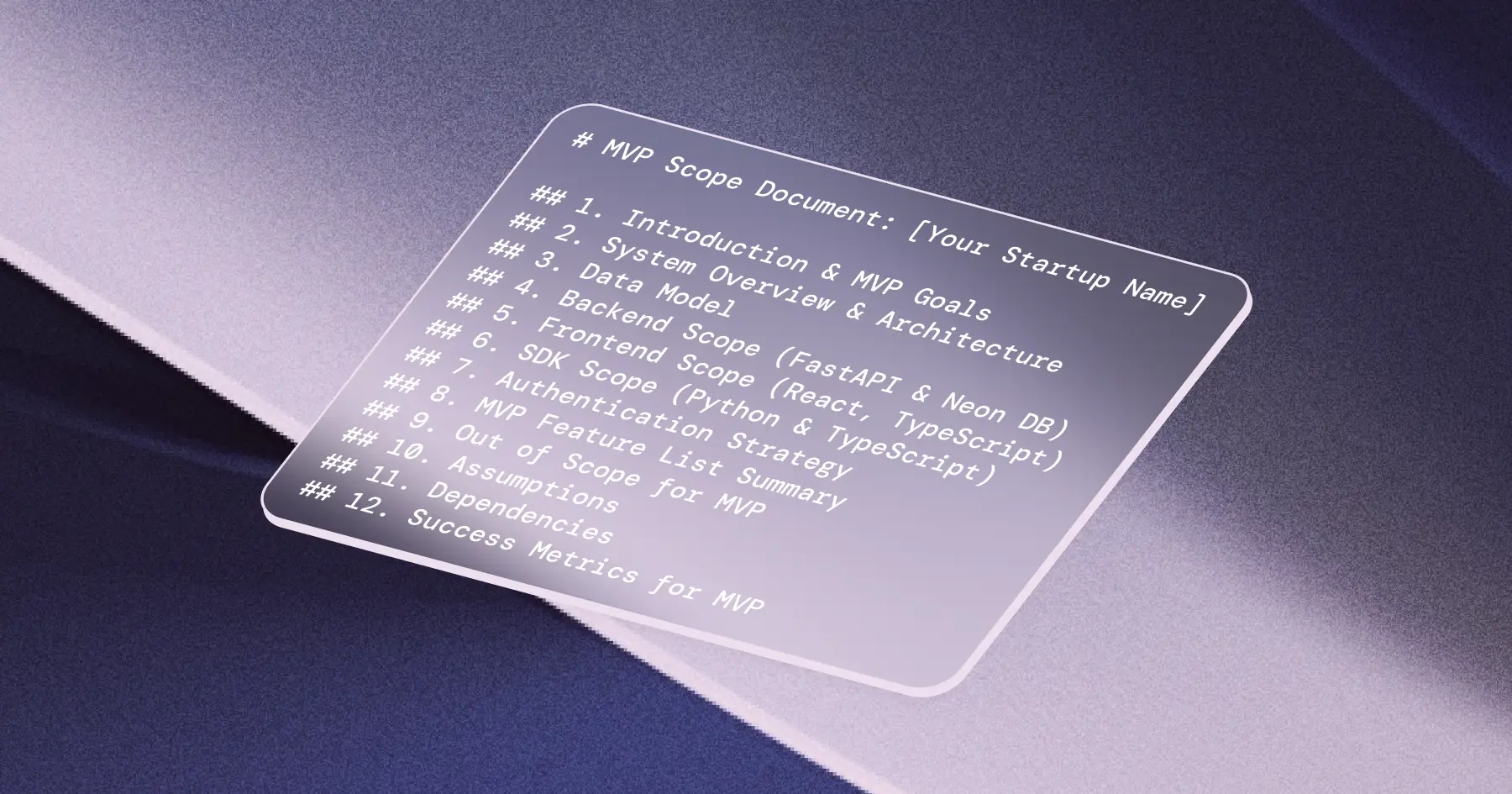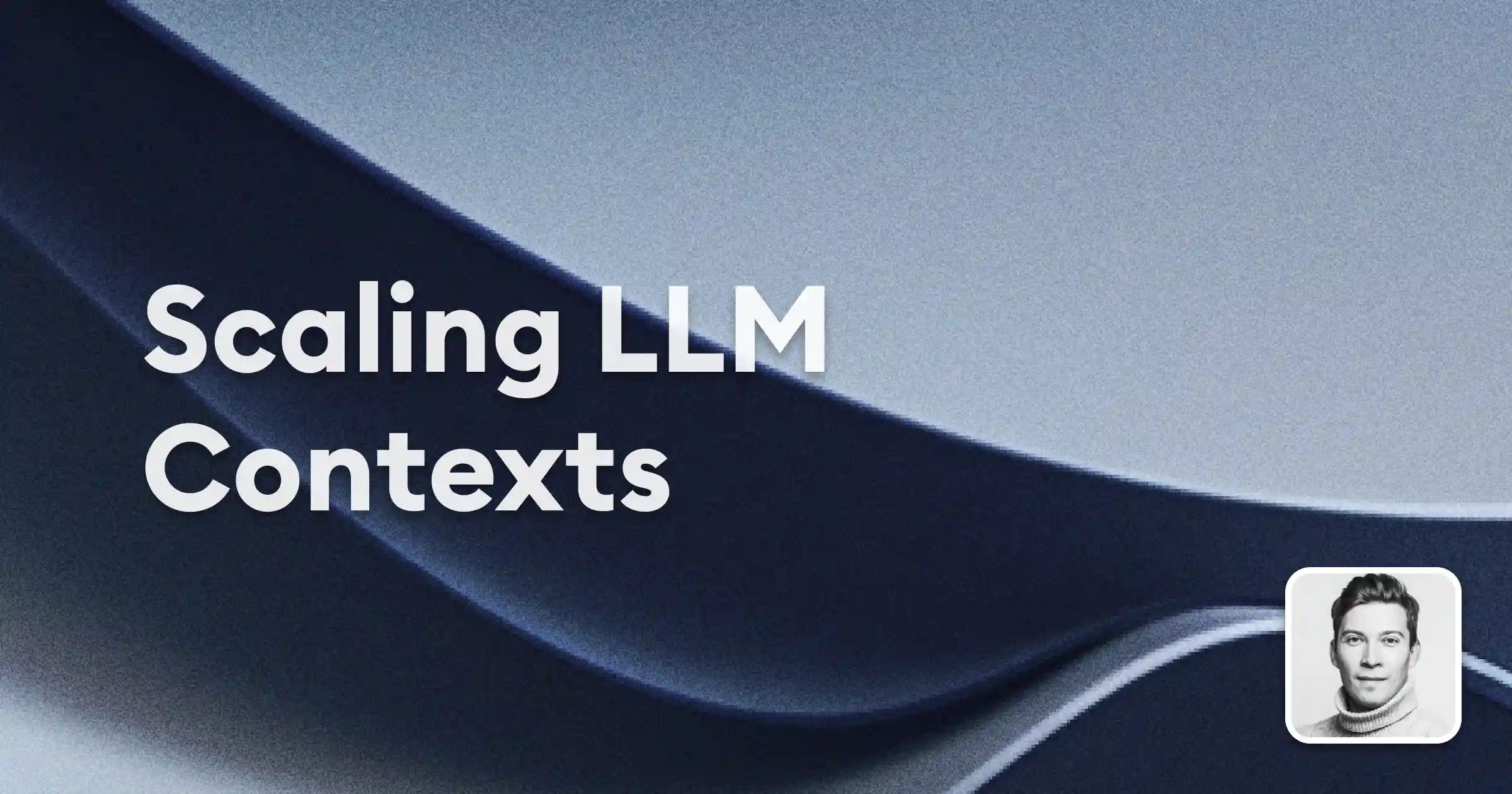Introduction
In the rapidly evolving landscape of synthetic data generation, a groundbreaking paper by researchers at the Allen Institute for AI and the University of Washington introduces Magpie, a novel method for creating high-quality, diverse synthetic data to instruct Large Language Models (LLMs). This blog post explores the key concepts, methodologies, and findings presented in the paper, shedding light on how Magpie aims to revolutionize data synthesis for alignment purposes.
The Problem with Existing Synthetic Data Creation Methods
Challenges in Scaling and Diversity
One of the primary issues with current open-source synthetic data creation methods is their scalability. As the dataset size increases, the diversity of the data tends to decrease. This limitation is coupled with the need for high-quality, curated data points to generate new data, which is both time-consuming and labor-intensive.
Dependence on Human Intervention and Seed Data
Traditional methods rely heavily on human effort to generate data according to specific guidelines. This process is not only slow but also often results in data of lower complexity, especially when the annotators are not domain experts. Additionally, existing methods typically use manually curated seed instructions to start the data generation process, which further restricts the diversity and scalability of the datasets.
Enter Magpie: Self-Synthesis Method
Generating Data Without Human Intervention
Magpie introduces a self-synthesis method that bypasses the need for human intervention and seed data. By leveraging aligned LLMs, the method directly extracts high-quality, diverse instruction data. This approach significantly reduces the constraints and limitations associated with traditional data generation techniques.
The Role of Aligned LLMs
Aligned LLMs, such as Llama-3-Instruct, have been fine-tuned to generate diverse user queries based on a left-side pre-query template. This template prompts the model to produce varied and complex user instructions autonomously, showcasing the potential of LLMs in generating high-quality synthetic data without human input.
For further insights into improving LLM systems, you might be interested in our post and discussion on improving LLM systems with A/B testing.

Improving LLM systems with A/B testing
By tying LLM performance to business metrics and leveraging real-world user feedback, A/B testing can help AI teams create more effective LLM systems.
Methodology: How Magpie Works
The Pre-Query Template
The process begins with a pre-query template that includes a start header ID and an end header ID, setting the stage for the model to generate user queries. This template leverages the autoregressive nature of transformer models, allowing them to produce diverse instructions from the same initial prompt.
Generating User Queries and Responses
Once the pre-query template is passed to the aligned LLM, it generates random yet high-quality user queries. Each subsequent prompt yields a different instruction, ensuring diversity. The next step involves using the same LLM to generate responses to these queries, effectively creating a comprehensive alignment dataset.
For an in-depth look at the potential of open-source LLMs, check out our blog post and discussion on the subject.

Exploring the potential of open(-source) LLMs
We explore why companies initially opt for closed-source LLMs like GPT-4 and discuss the growing shift towards open LLMs.
Evaluation and Results
Dataset Construction and Resources
Magpie was used to create two datasets: MAGPIE-Air and MAGPIE-Pro. The former utilized the Llama-3-8B-Instruct model, requiring 206 GPU hours, while the latter employed the larger Llama-3-70B-Instruct model, consuming 614 GPU hours. Notably, this method did not require any human intervention or access to proprietary models like GPT-4.
Coverage and Diversity
An analysis of the datasets using techniques like SNE embedding showed that MAGPIE-Pro provided broader and more diverse topic coverage compared to other popular synthetically generated datasets like Alpaca and UltraChat. This highlights the extensive range of themes and subjects covered by Magpie-generated data.
Quality and Difficulty of Instructions
The quality of the generated instructions was assessed using Llama-3-8B-Instruct, which rated most user queries as average, good, or excellent. However, the definition of quality by the model may differ from human perception. Similarly, the difficulty of instructions was evaluated, with most queries deemed easy by the model.
Instruction Similarity and Response Quality
Instruction similarity was measured using the minimum neighbor distance in the embedding space, indicating that the method effectively generates diverse queries. Response quality was assessed using a reward model, with positive reward differences suggesting higher-quality responses in the Magpie-generated dataset.
Fine-Tuning and Performance
Benchmark Comparison
Magpie's datasets were used to fine-tune LLMs, which were then evaluated against other models on common benchmarks. The results showed that Magpie-fine-tuned models outperformed those trained on other datasets, particularly in creative tasks, reasoning, planning, and information seeking.
Limitations and Future Directions
While Magpie excels in generating data for creative and informational tasks, it performs less well in areas like math and coding. Future work could focus on adapting the pre-query template to better control and diversify the types of generated instructions.
Conclusion
Magpie represents a significant advancement in synthetic data generation, offering a scalable, diverse, and high-quality method that reduces dependence on human intervention and curated seed data. Its ability to leverage aligned LLMs opens new possibilities for creating extensive and varied alignment datasets, potentially transforming the way we approach data synthesis for AI training. If you find this method relevant to your work, we encourage you to explore its potential and share your experiences with the research community.
For more insights and detailed methodologies, refer to the original research paper.



